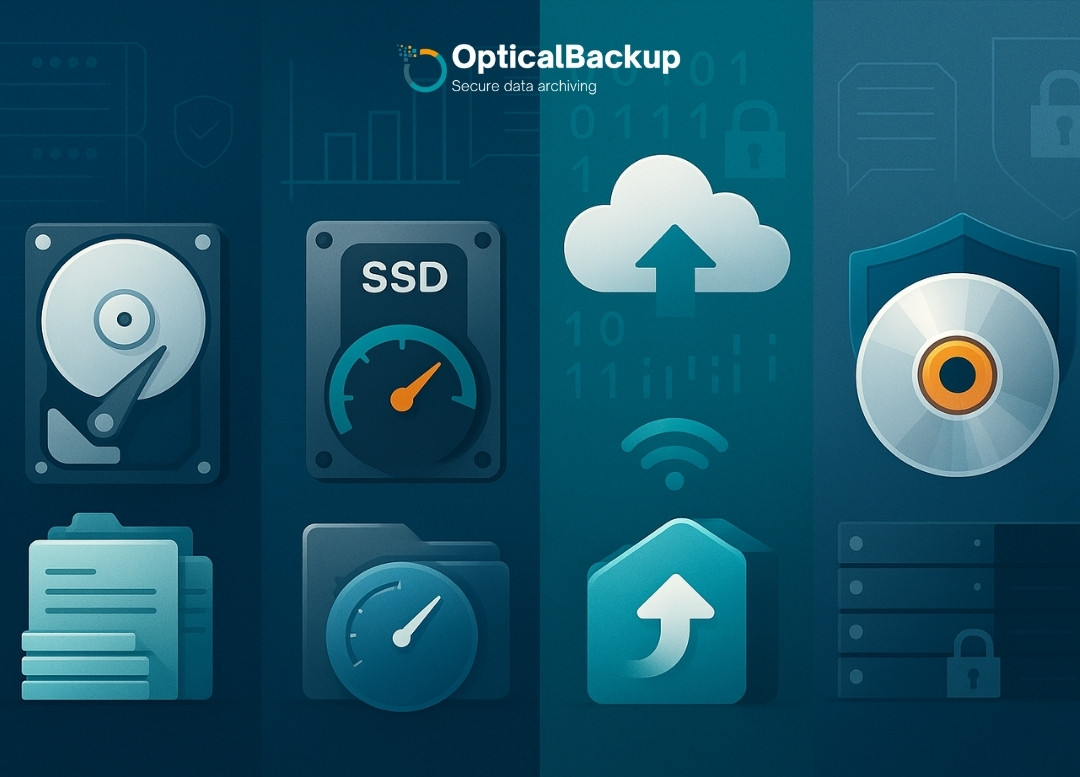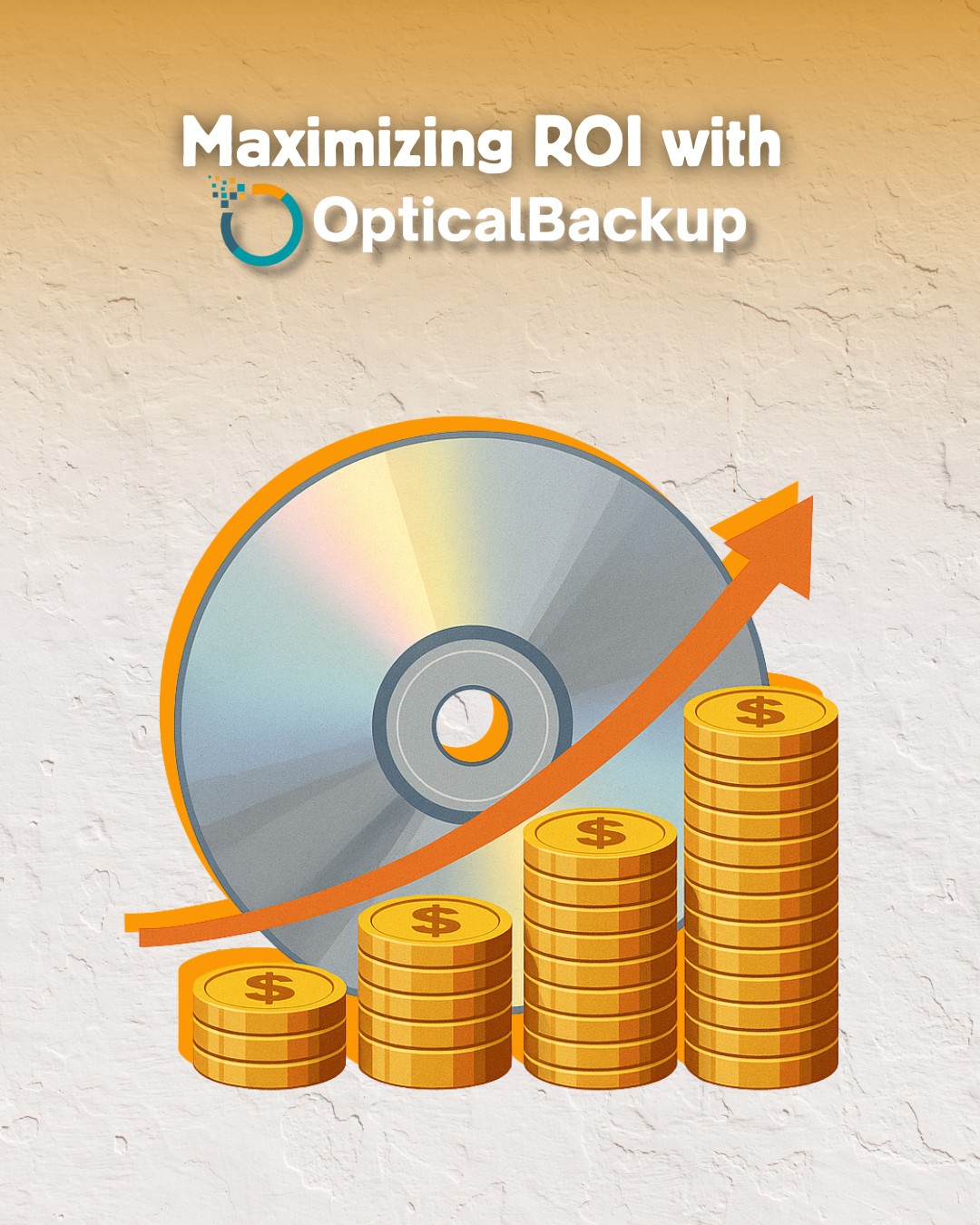The Multi-Format Backup Strategy: HDD, SSD, Cloud and Optical
The rapid evolution of digital technology has made it easier than ever for businesses and individuals alike to create, share, and store vast amounts of data. While this digital revolution has brought many advantages, it also comes with its fair share of challenges – one of the most pressing being the issue of data backup. Whether you’re an IT manager, a creative professional, or a power user, having a reliable backup strategy is crucial. In this article, we will delve into the multi-format backup strategy. We’ll compare and contrast HDD, SSD, Cloud, and Optical backup, giving you the knowledge you need to protect your data effectively.
**HDD (Hard Disk Drive) Backup**
HDDs have long been a staple in the world of data backup. Despite being somewhat overshadowed by newer technologies, they remain a viable option for many users.
*Advantages:*
– Affordable: HDDs are generally cheaper per gigabyte compared to SSDs and Optical media.
– High capacity: They are available in larger capacities, making them ideal for backing up large amounts of data.
*Disadvantages:*
– Mechanical failure: HDDs contain moving parts, which can fail over time.
– Slower speeds: They are slower than SSDs and optical drives, which can be a hindrance during backup and recovery processes.
**SSD (Solid State Drive) Backup**
SSDs are a more recent addition to the backup landscape. They offer faster read/write speeds compared to HDDs, but they come at a higher cost.
*Advantages:*
– Speed: SSDs are significantly faster than HDDs, which can make backup and recovery processes quicker and more efficient.
– Durability: They have no moving parts, decreasing the risk of mechanical failure.
*Disadvantages:*
– Cost: SSDs are more expensive per gigabyte compared to HDDs.
– Limited lifespan: They have a finite number of write cycles, which means they can wear out over time.
**Cloud Backup**
Cloud backup involves storing data on remote servers, which are accessible from any location with an internet connection. Services like Google Drive, Dropbox, and Amazon S3 are popular choices.
*Advantages:*
– Accessibility: Data backed up to the cloud can be accessed from anywhere, at any time.
– Scalability: Cloud storage can be easily scaled up or down as needed.
*Disadvantages:*
– Ongoing costs: Cloud backup services typically charge monthly or yearly fees.
– Dependence on internet: Cloud backup and recovery is dependent on having a reliable internet connection.
**Optical Backup**
OpticalBackup is a leading provider of optical data backup solutions. It offers a long-term, offline solution that’s immune to many of the risks associated with other backup methods.
*Advantages:*
– Longevity: Optical media has a lifespan of up to 100 years, far exceeding that of HDDs and SSDs.
– Offline storage: Optical media is immune to online threats like ransomware and data breaches.
*Disadvantages:*
– Speed: Optical media is slower than SSDs and cloud storage for backup and recovery.
– Capacity: It has lower capacity per disc compared to HDDs and SSDs.
In conclusion, each backup medium has its strengths and weaknesses. The best strategy will often involve a combination of these methods, tailored to your specific needs. As an IT manager or a power user, you may want to consider using SSD or Cloud for quick, day-to-day backups, while relying on HDD or OpticalBackup for longer-term data storage.
And for professionals in healthcare, finance, and other sectors where data longevity and security are paramount, OpticalBackup offers an ideal solution. With its long lifespan and offline storage capabilities, it provides a secure alternative to the risks of cloud backup and the mechanical failures of HDD and SSD.
Remember, the key to a successful backup strategy is diversity. By combining different backup methods, you can ensure that your data remains safe and accessible no matter what happens. Visit our blog at OpticalBackup to learn more about data backup strategies and the latest industry trends. Try OpticalBackup today and experience the benefits of a multi-format backup strategy first-hand.



